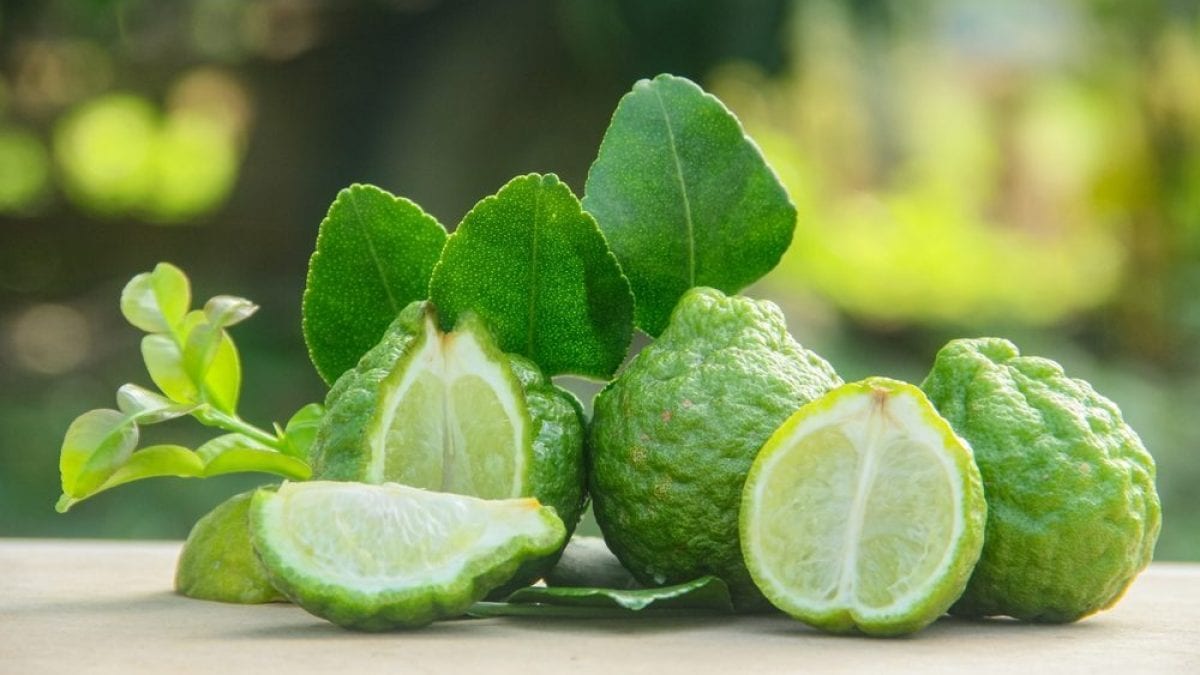
A fruit that evokes exotic atmospheres with its elegant aesthetics and fresh and enveloping scent, but which is actually grown in Italy, in a small area unique in the world, that of the Ionian coast of Reggio, where this rare and refined citrus fruit has found its home. We are talking about bergamot, an agri-food product that is a symbol of Calabria (like chilli pepper and ‘nduja) whose exceptional aromatic qualities have been known for centuries: bergamot water, in fact, was already popular in Versailles, even conquering the Sun King, Louis XIV. A true treasure with mysterious origins that, in addition to being known for its essential oil, also finds ample space in gastronomy, thanks to its organoleptic profile and nutritional virtues. Let's go and discover it.
The Origins of Bergamot
Although its name might suggest some connection with Bergamo, bergamot is not related to Northern Italy: the term could derive from the Catalan city of Berga, from the mythical Pergamum in Asia Minor or more presumably from the Arabic beg armudi which means “pear of the Lord”. Its origins are fascinating because they are shrouded in legends that say it came from China, Greece or Spain, but also brought by Christopher Columbus after landing in the Antilles or the Canary Islands. Probably, however, the solution to the mystery of where bergamot originated could be much simpler: a unique native plant (Citrus bergamia Risso), probably a consequence of the spontaneous mutation of the bitter orange or the Calabrian lime.
In Reggio Calabria, evidence of its cultivation appears around 1750, when the first bergamot grove (as the plantations are called) was planted, with the essence of the fruit becoming a product of excellence requested throughout Europe. A driving force for the local economy: the professional figure of the “master spiritaro” or “sfumatore” was born, who selects the best fruits and extracts the aromatic principle from the peel by hand. The technique was later perfected with mechanical systems (thanks to the invention of the so-called “Calabrian machine” in 1844 by Nicola Barillà), with the process becoming industrialized, thus guaranteeing large volumes for trade.
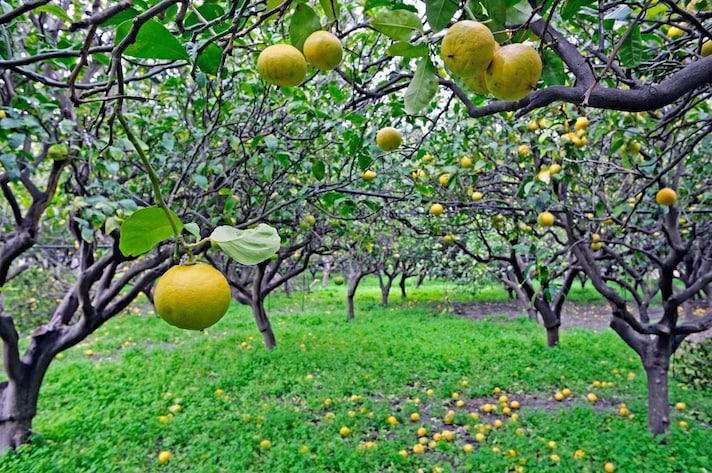
Bergamot: Botanical Characteristics
The proximity to the sea, the gentle winds, the moderate rainfall and the composition of the soil offer the ideal conditions for the development of the bergamot, giving a climate classified as “tropical temperate humid”: the area of choice is that of Reggio Calabria, precisely a hundred kilometers overlooking the Ionian Sea and where 90% of the world production of the fruit is concentrated, so much so that the Bergamot of Reggio Calabria has obtained the Protected Designation of Origin (PDO) since 2001 and is promoted and valorized by the protection consortium.
But what does this very particular citrus fruit look like? It is a plant belonging to the Rutaceae family, which can reach 3-4 meters in height: it has a thick crown, with lanceolate leaves and very fragrant white flowers, formed by five petals. Its fruits are spherical, slightly pear-shaped, with a thin rind that changes from intense green to bright yellow when fully ripe, while the pulp has a sour taste and contains 10 to 15 segments. There are three main cultivars: the Femminello (small and delicate, with rounded and smooth fruits), the Castagnaro (more vigorous, with slightly wrinkled and less spherical fruits) and the Fantastico, which represents 75% of production according to Slow Food.
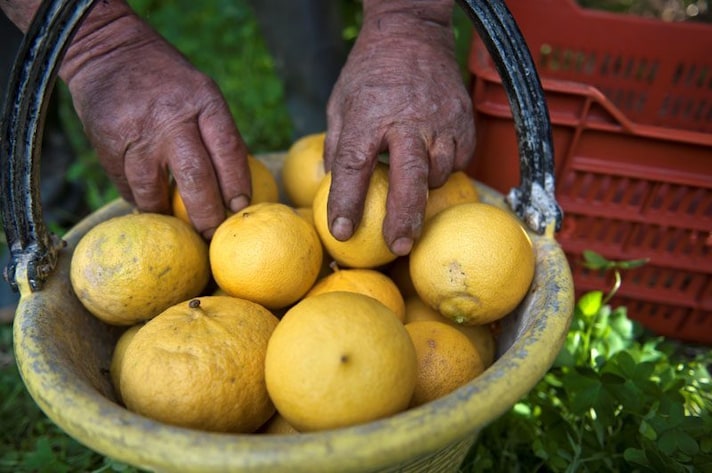
Bergamot: Properties, Benefits and Contraindications
From a nutritional point of view, bergamot is a true ally of well-being. The fruit is composed of approximately 80% water and on average provides 42 kcal. Rich in flavonoids, vitamin A and vitamin C, potassium and magnesium, its juice boasts antioxidant (fights free radicals), anti-inflammatory and digestive properties. As reported by the Humanitas website, scientific studies have shown that some compounds present in the citrus fruit act in a similar way to statins, helping to reduce LDL cholesterol (the bad one) and, in general, support heart health, also decreasing triglycerides. The essence proves to be a friend of the skin, as a healing and sebum-regulating agent. However, pay attention to its tanning action: it is true that bergamot oil stimulates the production of melanin, but it should not be used in the form of DIY creams, as it can cause phototoxicity reactions with exposure to the sun.
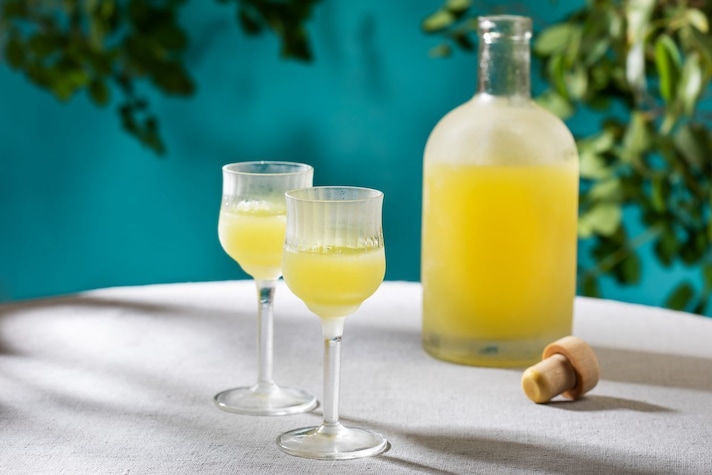
Bergamot Culinary Uses
Compared to its lively, citrusy fragrance with floral notes, the flavor of bergamot is acidic and bitter-ish, which makes it unsuitable for direct consumption as a table fruit, but perfect as an ingredient. Although historically it has been much more exploited in the perfume industry, as an eau de toilette and cologne, we are faced with a fruit that has been rediscovered and exalted in the gastronomic field. Liqueurs, cocktails and jams (to be served with cheeses or to fill tarts), for example, are some of the most popular preparations. Its peel is very versatile, giving an original note to a risotto, for example, grated on the surface, or to craft beers, as is the juice, used for marinating fish and white meat, but also in sorbets. A few drops of essence are perfect for flavoring creams such as custard, without forgetting that the essential oil is the star of Earl Grey, the famous English tea to sip from a cup or with which to make Earl Grey Tea Cake, a creative and scenic cake.
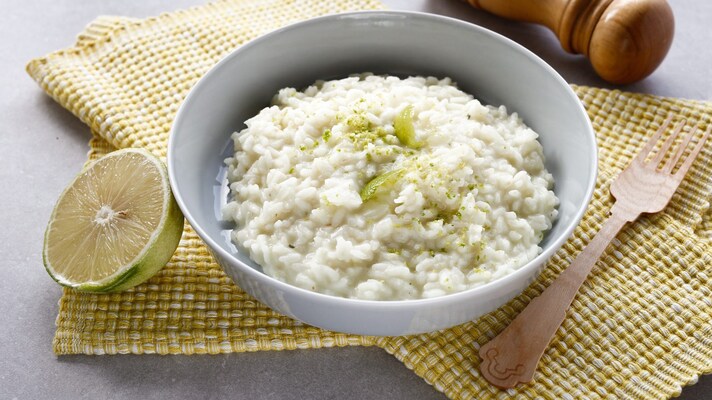
;Resize,width=767;)
